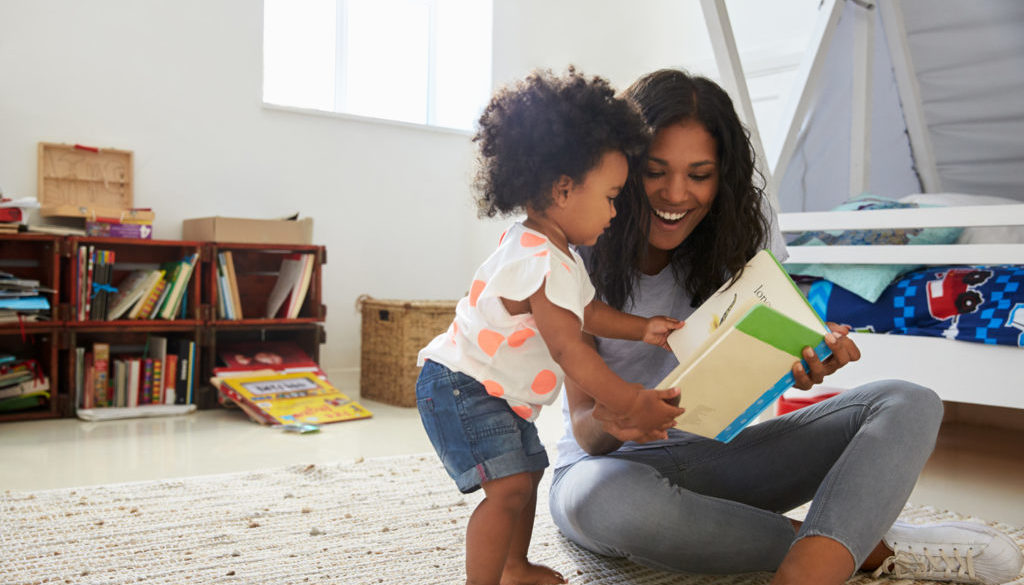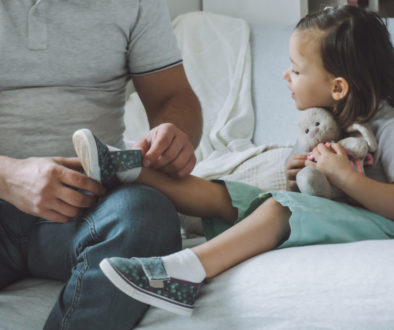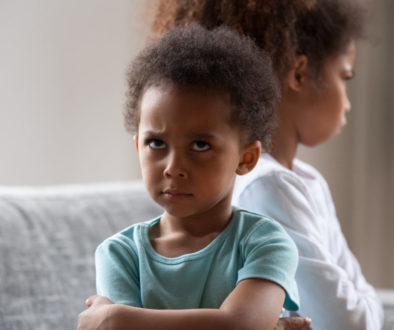Early Language and Literacy

Early language and literacy (reading and writing) development begins in the first three years of life and are closely linked to children’s earliest experiences with books and stories. The interactions with literacy materials, such as books, paper, and crayons experienced with the adults in little one’s lives, are the building blocks for the development of language, reading and writing.
Research shows:
- Language, reading, and writing skills develop around the same time and are intimately linked.
- Early literacy development is a continuous developmental process that begins at birth.
- Early literacy skills develop in real life settings through positive interactions within relationships with others and literacy materials.
- Children introduced to reading early on tend to read earlier and excel in school compared to children who are not exposed to language and books at a young age (American Academy of Pediatrics).
Early Literacy Does Not Mean Early Reading
The research of early language and literacy development has provided new ways of supporting children as they learn to talk, read, and write. However, this does not encourage “the teaching of reading” to young children. Formal instruction that pushes infants and toddlers to achieve adult standards of literacy (i.e., reading and writing of words) is not developmentally appropriate.
Early Literacy in Infants and Toddlers
Early literacy research recognizes that language, reading, and writing evolve from several earlier developmental skills. The first three years of exploring and playing with books, singing nursery rhymes, listening to stories, recognizing words, and scribbling are truly the building blocks for language and literacy development.
Early literacy activities include:
- Book Handling: A child’s physical manipulation or handling of books, such as page turning and chewing, are a normal part of the exploration and discovery of early literacy.
- Looking and Recognizing: Children pay attention and interact with pictures in books, such as laughing at a favorite picture or pointing to images of familiar objects. This shows the recognition and a beginning understanding of what they are seeing in books.
- Picture and Story Comprehension: Children will often show an understanding of pictures and events in books by imitating something they saw in a picture or when they talk about events in a story they were read.
- Story-Reading: Behaviors that include children’s verbal interactions with books and their increasing understanding of print in books, such as babbling in imitation of reading or running fingers along printed words.
What Can You Do to Help Build this Skill?
- Have fun!
- Stop when your little one is done. Don’t force reading. How long you read together is not important, but enjoying it is!
- Read board books that your child can hold on their own; let them turn the pages as you read together.
- Point to the words as you read.
- Talk about what you see even when you are not reading together. Look for and point out letters and words in your everyday activities.
Remember, language and early literacy development starts from the very beginning. Babies are always listening in utero, and from birth, they are communicating through eye contact, facial expressions, crying, smiles and touch. When adults respond with words, conversation, and attention, it helps build the child’s brain and self-esteem that promotes healthy development and learning. The best thing you can do to set your child up for success in school and in life, is talk to them! Have back-and-forth conversations with your baby or toddler, even if you are the one doing all the talking at first.





